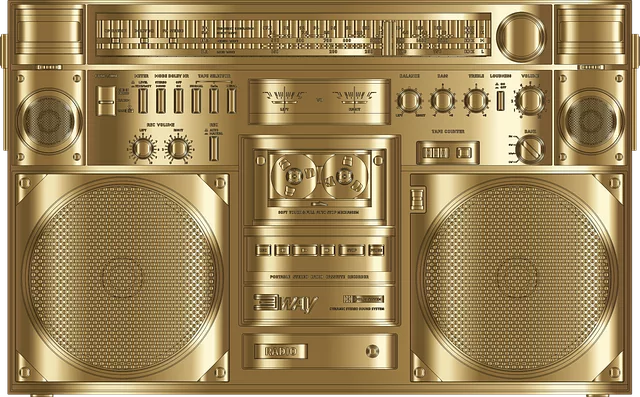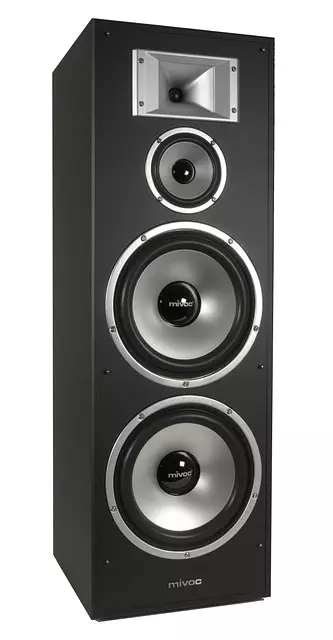Car audio system problems like no sound, static, or distortion in Toledo are common due to signal interference. Basic troubleshooting includes checking connections, adjusting settings, and replacing damaged components. For persistent issues, consider hardware upgrades or signal-boosting devices. Key steps for car audio system troubleshooting focus on identifying faulty connections, power supply, speakers, and equalizer settings, leading to an optimal listening experience.
Wireless audio signal problems can be frustrating, whether it’s a quiet or missing sound from your speakers or annoying static and distortion. This comprehensive guide addresses common causes behind these issues, specifically targeting the challenges faced with car audio systems in Toledo. We’ll walk you through effective troubleshooting steps to diagnose problems like no sound output and static/distortion, ultimately offering solutions to enhance wireless audio quality for a richer listening experience on the road.
- Understanding Wireless Audio Signal Problems
- Common Causes of No Sound from Speakers
- Diagnosing Static and Distortion in Audio
- Troubleshooting Steps for Car Audio System in Toledo
- Effective Solutions to Enhance Wireless Audio Quality
Understanding Wireless Audio Signal Problems
Wireless audio signal problems can manifest as a lack of sound from your speakers, static, or even distortion in the audio. These issues are particularly common in car audio systems, where signals need to travel through various materials and environments, including metal, glass, and different weather conditions. Understanding these problems is the first step in effective troubleshooting.
Car audio system troubleshooting in Toledo often involves identifying potential sources of interference, such as radio frequency (RF) noise from other electronic devices, electromagnetic interference (EMI) from nearby components, or even signal loss due to poor antenna placement or damaged cables. By pinpointing the exact cause, you can employ targeted solutions, whether it’s repositioning antennas, upgrading hardware, or using signal-boosting devices to ensure a clear and uninterrupted audio experience.
Common Causes of No Sound from Speakers
Many car audio enthusiasts in Toledo often find themselves frustrated by the perplexing issue of no sound from their speakers. This problem can stem from a variety of causes, and pinpointing the exact issue is key to an effective car audio system troubleshooting. One common culprit is a faulty connection, where loose or corroded terminals on speaker wires disrupt the signal flow. Even a small interruption can result in static or distortion in the audio output.
Another frequent cause is a problem within the amplifier or receiver. These components are responsible for amplifying and distributing the audio signal to the speakers. A malfunctioning amp might not be able to produce enough power, leading to weak or nonexistent sound. Additionally, issues with the source unit, such as a damaged or faulty input module, can also prevent any sound from reaching the speakers, leaving you wondering, “Why isn’t my car stereo working?”
Diagnosing Static and Distortion in Audio
If your car audio system is experiencing issues with static or distortion in the audio, it’s important to begin with thorough troubleshooting. Start by checking the connections between each component – loose or damaged cables can cause signal interference and result in no sound from speakers. Ensure that all components are properly secured and clean any corrosion from the terminals using a wire brush or dental pick.
Next, inspect your audio sources. Different devices may output signals at varying levels, which can lead to static or distortion. Adjusting the volume level on your phone, radio, or other connected device might resolve the issue. If you’re using an aux cable or Bluetooth connection, try switching ports or cables to rule out any faulty connections. In some cases, a car audio system may need calibration for optimal sound quality; consult your vehicle’s manual or seek professional assistance if this is not resolved through basic troubleshooting steps.
Troubleshooting Steps for Car Audio System in Toledo
If your car audio system in Toledo is experiencing problems like no sound from speakers or static and distortion in audio, don’t panic. Here are some straightforward troubleshooting steps to help you get back to enjoying your favorite tunes. Start by checking all connections; ensure cables are securely attached to both the speaker terminals and the headunit. Any loose connection can cause interference and signal loss. Next, verify power supply; make sure the battery is charged and the alternator is functioning correctly. Low or unstable voltage can lead to audio issues.
Additionally, inspect your speakers for any visible damage or loose connections. Even a minor issue with a speaker can prevent proper sound output. If your headunit has adjustable settings, check for any noise cancellation or equalizer options that might be amplifying static. Lastly, try resetting the unit by power cycling it; unplug the power cable, wait a few seconds, and plug it back in. This simple step often resolves minor glitches.
Effective Solutions to Enhance Wireless Audio Quality
If your car audio system in Toledo is giving you trouble with no sound from the speakers or static and distortion in the audio, don’t worry—there are several effective solutions to enhance wireless audio quality. Start by checking the connection between your device and the car’s audio system. A simple reconnect or updating your Bluetooth pairing can often resolve these issues. Ensure that both devices are within close range of each other, as signal strength degrades with distance.
Next, consider upgrading your hardware or software. Outdated components or faulty firmware can lead to wireless audio problems. Upgrading to a newer car audio system or installing a signal booster can significantly improve sound quality. Additionally, keeping your device’s Bluetooth settings optimized and free from interference from other devices can help maintain a clear signal. Regularly updating your device’s operating system and audio apps is also beneficial, as these updates often include bug fixes and performance enhancements tailored for wireless audio transmission.


